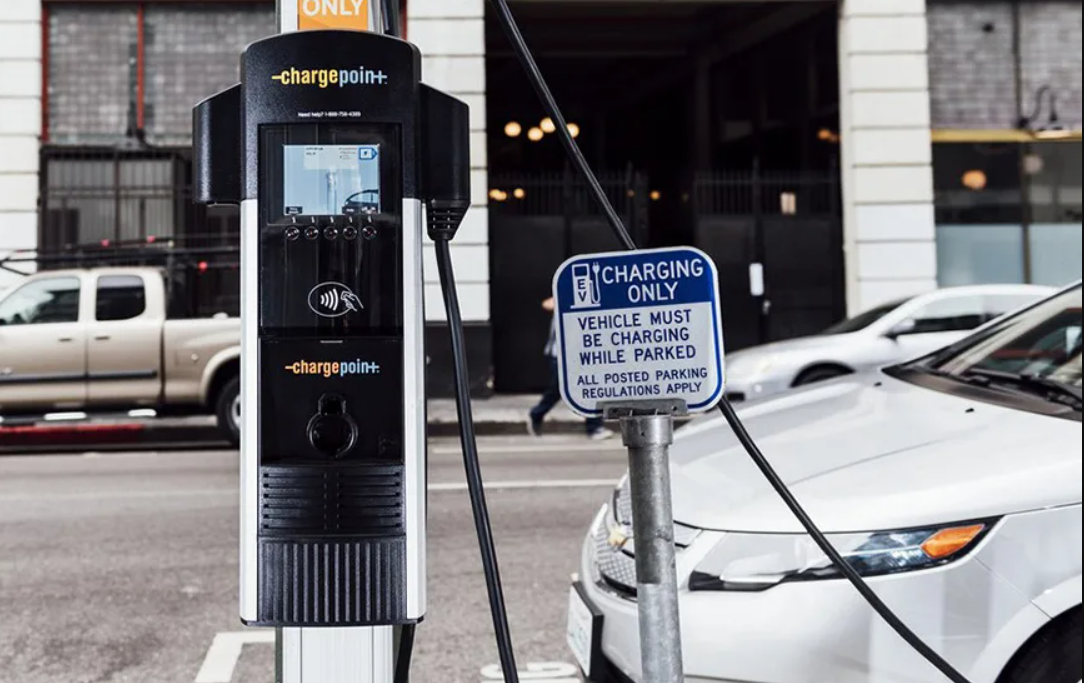Electric cars are all the buzz right now, and why won’t they be? Electric cars are cost-effective, easy on the environment and have great mileage. Plus, they are easy to charge and use. However, charging your electric car outside your home can be stressful, as one should take certain precautions. Have you just purchased an electric car and are new to the public charging landscape?
Well, you’re in for a treat because this article will give you the best tips before embarking on your first public charging experience.
Do’s of a EV Public Charging Station
If you are new to owning an EV (Electronic vehicle), feeling anxiety about using a public charging station is natural. Here are some must-do tips to help ease your anxiety and ensure a safe and successful Public charging experience.
Do be aware of nearby charging stations
Having a rough idea of where local charging stations are is advisable. If you are planning on a long-distance road trip, it would be best to make a note of charging stations that can be used to ensure that you are not left stranded.
Do check the reviews and comments
As an extra measure of safety, one can also check out the reviews and comments left by previous users. This will help ensure the public charge point is in working condition and safe.
Do take care of the charging point
Electric charging stations are excellent resources for EV owners. Thus all EV owners should try to keep the place clean and healthy by treating it as their own. For instance, once you are done charging, put the cable back in its place to prevent any potential hazards. Moreover, if the equipment isn’t working, inform the administration immediately.
Do keep charging cables
Most charging stations do not have cables for charging cars. Consequently, it is important to keep cables handy to charge anywhere. Pro-tip- the cable must be compatible with your EV model.
Do be aware of the car’s charging speed
One should know the charging capacity of their car. If you connect the car to a station that charges at a rate higher than your car can accept, the charging point will adapt and charge at a lower rate. However, electric charge stations bill you based on hours so that you may spend more.
Do you have a backup plan?
It is safer to have certain backup options for electric vehicle charging if an electric charging station is closed or non-operational. At the same time if the charging station is fully occupied, you can go to another closer charging point instead of waiting.
Don’ts when using a public electric car charging station
Now that you know the practices you should follow while using public charging stations, let’s discuss certain things you shouldn’t do for a favorable charging experience.
Don’t leave the car plugged in
Do not leave your car plugged in once fully charged, as it is detrimental to the battery’s health and can be expensive for you (billing is done based on time). Additionally, keeping the car plugged in would mean hogging the outlet; we definitely don’t want to do that.
Don’t use it as a parking space
Please don’t consider the electric charging station a parking space; you could be preventing someone from charging their vehicle when they need to.
Don’t unplug another car without consent
Public electric car charging stations work on a first-come, first-serve basis, and one must under no circumstance unplug someone’s car without their consent. After all, no one would like this being done to them. Even if you believe the car to be fully charged, always ask first.
Conclusion
Public electric car charging stations can be anxiety-inducing for some, especially first-timers. But be at ease; these are a great resource for any EV owner; just know where local charging stations are and follow some thumb rules like charging the car up to 80%, not hogging the chargers and having a backup plan to ensure a smooth charging experience.



